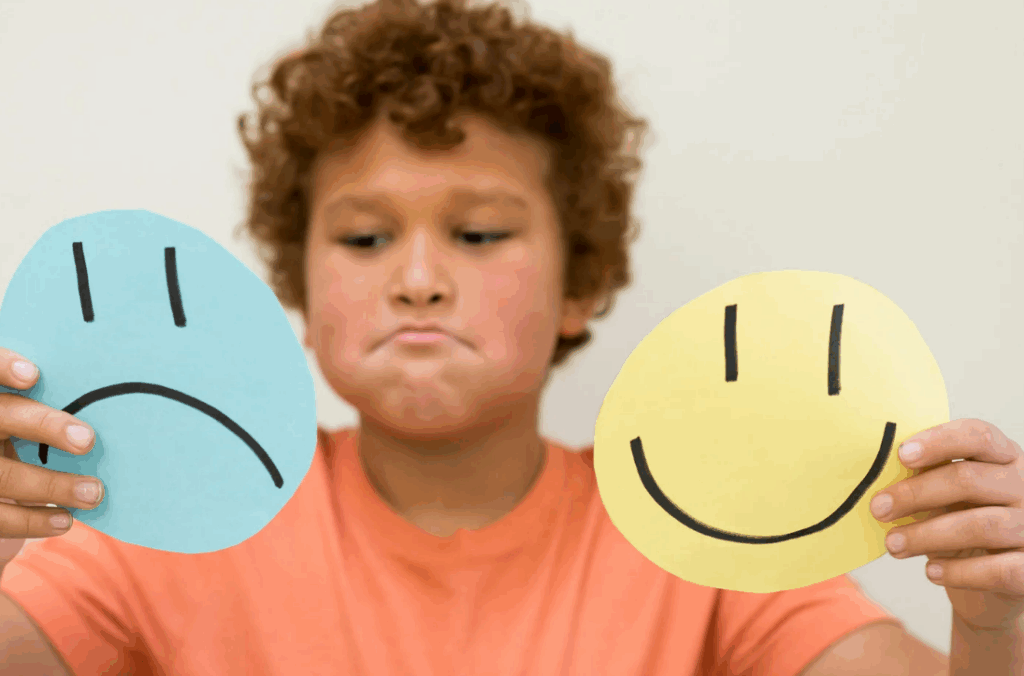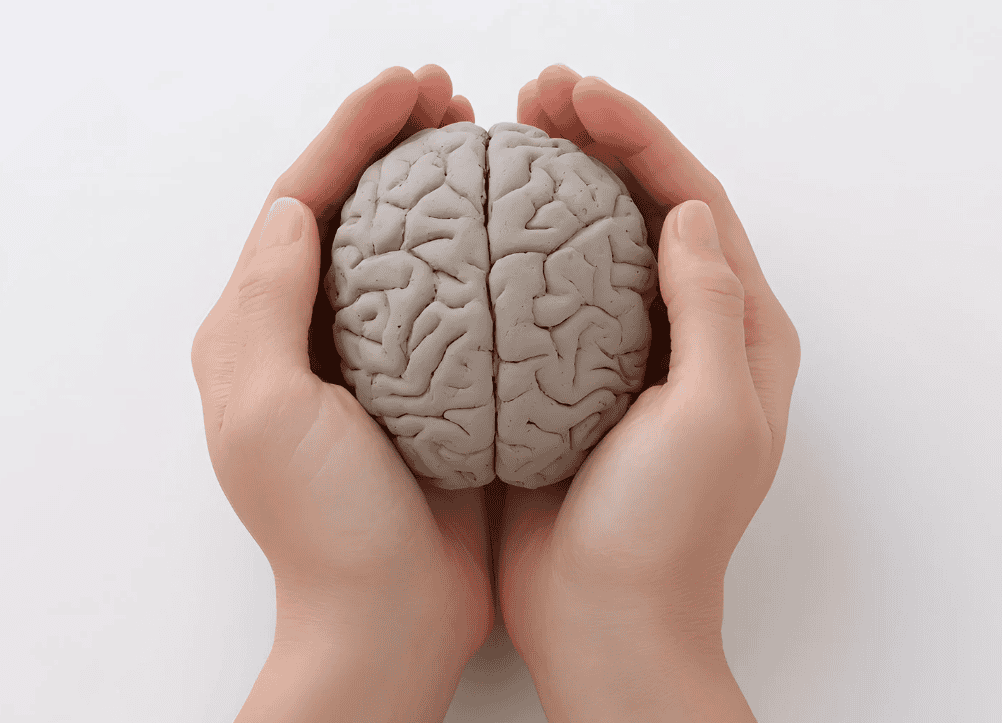As technology advances and screens become increasingly integrated into daily life, the impact of extended screen time on our health is an important issue to consider.
From smartphones to laptops and televisions, screen use has escalated dramatically in recent years. As a result, more people are experiencing a range of health issues linked to excessive screen exposure, with effects that can extend beyond mere eye strain.
Understanding Screen Time and Its Implications
Initially, it is important to define what constitutes “extended screen time.” While there is no universally agreed-upon duration, studies have shown that spending more than four hours a day on a screen can lead to various health complications.
Physical issues such as eye strain, headaches, and disrupted sleep patterns often arise from excessive use. The mental toll of being constantly connected can exacerbate feelings of anxiety and depression, creating a vicious cycle that is hard to break.
Our bodies are not designed to remain sedentary for long periods, and with the rise of remote work and virtual entertainment, more individuals are succumbing to this lifestyle.
The need to balance screen time with physical activity has never been more crucial. Engaging in regular breaks and movement can significantly counteract the adverse effects of extended digital exposure.

The Impact on Eye Health
One of the most commonly reported issues related to excessive screen exposure is digital eye strain, often referred to as computer vision syndrome. Symptoms include dryness, irritation, and difficulty in focusing, which can significantly impact daily productivity.
About 50 to 90 percent of people who use computers for extended periods experience some symptoms of digital eye strain. Protecting one’s eyes involves incorporating practices such as the 20-20-20 rule, where every 20 minutes spent on a screen is followed by looking at something 20 feet away for at least 20 seconds.
Blue light emitted from screens can disrupt the body’s natural sleep cycle by interfering with melatonin production. This can lead to difficulties falling asleep or achieving restful sleep.
Studies suggest that limiting screen time before bedtime, particularly using devices with bright screens, is good for maintaining healthy sleep patterns. More conscious choices regarding screen use can mitigate these negative impacts and promote better eye health.
Effects on Mental Health
Beyond physical health, extended screen time can have a significant impact on mental well-being. Many studies have indicated a link between high screen time and increased rates of anxiety and depression, particularly among adolescents.
Platforms encouraging prolonged interaction, like social media and online gaming, can heighten feelings of comparison and inadequacy. When individuals curate their online personas to present perfect lives, it can lead to dissatisfaction and emotional distress in their real lives.
Excessive connectivity can lead to a decline in face-to-face interactions, impacting social skills and building strong relationships. This phenomenon creates a paradox wherein people can feel more isolated, despite having instant access to social networking platforms. Striking a balance between digital engagement and real-world interactions is vital for cultivating mental health.
Hair Health and Technology
Interestingly, extended screen time can impact hair health. The stress associated with constant connectivity and the pressure to maintain an online presence can lead to increased stress levels, which in turn can cause hair loss.
A recent study found that individuals, particularly streamers experiencing hair loss, may face issues related to fatigue and stress from long hours in front of screens. Hair transplant options have emerged as potential solutions, allowing those affected to restore their confidence and hair fullness.
These procedures typically involve relocating healthy hair follicles from one part of the scalp to thinning or balding areas, resulting in natural-looking growth. With advancements in technology, modern hair transplants are minimally invasive and offer shorter recovery periods, making them an increasingly appealing option for those seeking long-term results.
Posture and Musculoskeletal Health
Extended screen time contributes to poor posture and musculoskeletal issues. Sitting for long periods without ergonomic support can lead to back, neck, and shoulder pain.
A recent study published by the International Journal of Environmental Research and Public Health found that prolonged sitting increases the risk of muscular and skeletal disorders, which are prevalent among those who work primarily on screens. Individuals may find themselves hunched over their devices, leading to discomfort and potential long-term damage.
Investing in ergonomic furniture and maintaining a healthy workspace can help combat these challenges. Alternating between sitting and standing while using screens, along with regular stretching, can improve posture and reduce the risk of developing serious musculoskeletal conditions. A proactive approach emphasizes the importance of physical health in relation to our screen habits.
Strategies for Managing Screen Time
Managing screen time is crucial for health. Creating a schedule that limits screen use can help in establishing boundaries. Utilizing technology to your advantage can be beneficial. Many devices come equipped with apps to track screen time and remind users to take breaks.
Encouraging offline activities, such as reading physical books, participating in sports, or spending time in nature, can provide healthy alternatives to excessive screen engagement. As more individuals begin to recognize the importance of these changes, a pathway toward healthier screen habits will emerge.

Cardiovascular and Metabolic Concerns
Extended screen time often reduces physical movement, which can negatively impact cardiovascular and metabolic health. Research has shown that a sedentary lifestyle can raise the risk of conditions such as obesity, high blood pressure, and type 2 diabetes.
When screen time replaces exercise or even light activity, the body’s ability to regulate blood sugar and circulation can suffer. Prolonged sitting slows metabolism, making it harder to maintain a healthy weight.
Incorporating short walks, stretching sessions, or standing breaks throughout the day can improve circulation, increase energy, and reduce related health risks.
Social Development and Family Dynamics
Extended screen use doesn’t just influence individual health. It can reshape social and family relationships. When people spend excessive time on devices, face-to-face communication may decrease, affecting emotional connection and communication skills. Families that rely heavily on screens during meals or shared downtime may find fewer opportunities for meaningful conversation.
This can weaken bonds and reduce empathy among younger users who are still developing social awareness. Limiting screen use during family interactions and setting shared device-free times can foster closer relationships and help restore healthier communication patterns.
In light of the extensive consequences of prolonged screen exposure, embracing a balanced approach toward technology is crucial. Understanding the impacts on physical and mental health is an important part of developing healthy habits around screen use.
As individuals become more aware of the potential risks, prioritizing well-being while still enjoying the benefits of technology will lead to a healthier lifestyle.



























